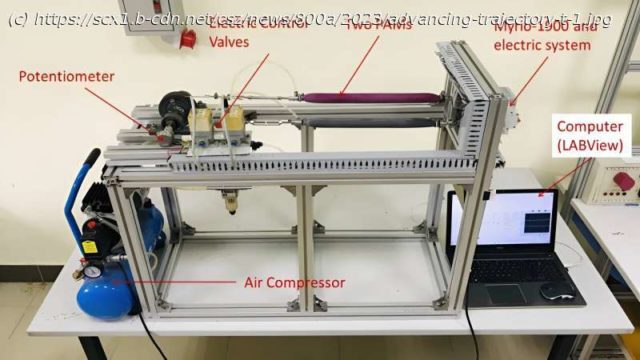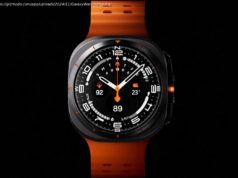In recent years, pneumatic artificial muscles (PAMs) have emerged as promising actuators for simulating human-like movements, with prominent applications in various industries including robotics, rehabilitation, and prosthetics. .
In recent years, pneumatic artificial muscles (PAMs) have emerged as promising actuators for simulating human-like movements, with prominent applications in various industries including robotics, rehabilitation, and prosthetics. PAMs are usually composed of rubber and covered with braided yarn and can mimic the mechanics of human muscles. They can stiffen and contract on being supplied with pressurized air and soften and lengthen upon releasing the air. However, PAM is a nonlinear system and experiences huge latency, making it important to have control systems that can regulate their performance.
While determining a nonlinear mathematical model for PAM is challenging, researchers in the past have proposed many control methods to solve the problems associated with PAM. However, while these traditional control methods exhibit decent performance, they are not able to deal with PAM’s nonlinearity and hysteresis. Moreover, while learning control algorithms have been theoretically effective in improving PAM-based system’s performance, their implementation is practice is quite difficult.
To overcome these limitations and address this open problem, a group of researchers led by Associate Professor Ngoc-Tam BUI of the Innovative Global Program, College of Engineering, Shibaura Institute of Technology in Japan, along with Dr.






